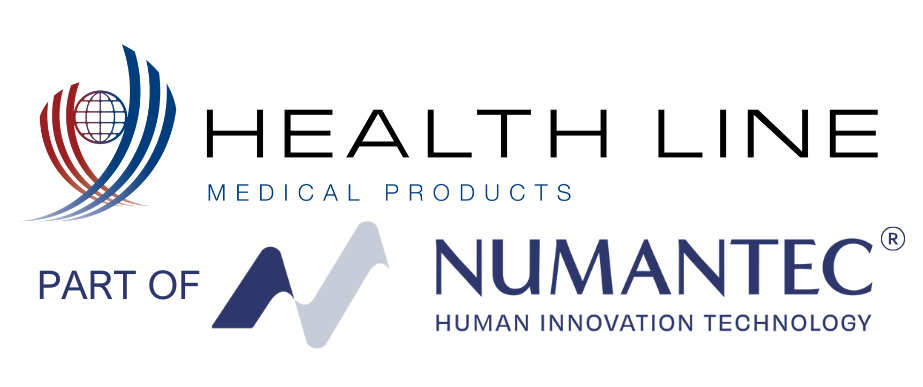What is a PICC line?
The Infusion Nurses Society’s definition of a Peripheral Inserted Central Catheter (PICC) is a catheter that is inserted through the veins of the upper extremity or neck in adults and children; with the catheter tip located superior or inferior to the vena cava, preferably at its junction with the right atrium, regardless of insertion site. The distal end of a PICC line catheter should reside in the lower 1/3 of the superior vena cava at the CAJ junction. Outside of the body, the PICC line divides into single, double, or triple lumens. Each lumen has a needleless connector, or a disinfection cap attached to the end. PICC line catheters are used to draw blood and give treatments that include intravenous fluids, Medications such as antibiotics, chemotherapy, and blood transfusions. They are typically indicated for patients who require venous access for several weeks to months.
Peripheral inserted central catheters have several advantages compared to other catheters. They are considered as a safe and effective alternative to other conventional and central venous access devices and provide long-term access. PICCs can remain in the body for longer periods of time without having to change sites with proper care and maintenance. PICC lines are an ideal venous access device for patients requiring long-term intravenous therapy such.
Advantages of a PICC Line
1. PICC lines can be cared for at home by heath care agencies, patient families, infusion centers, or other outpatient facilities.
2. PICCs can be used to draw lab samples required for the vast array of blood tests to diagnose and treat virtually all diseases or illnesses.
3. PICCs are generally judged to be less risky for CRBSI, compared with CVC’s which may be an important advantage in ICU patients.
4. PICC lines can be placed and removed at bedside by an interventional radiology doctor, nurse, or advanced practitioner nurse.
Peripheral inserted central catheters with their multi-lumen IV access can be used to administer antibiotics, blood and blood products, anti-cancer drugs, intravenous fluid, and nutrients. It is a versatile central line and is a reliable alternative to short term central venous catheters, with a lower risk of complications and wider range of use.
Here at Health Line International, we offer single, dual, and triple lumen power PICC line kits that are designed for nurses, doctors, and interventional radiologists of all experience levels. The SYNERGY CT PICC™ combines the ease and efficiency of PICC access with power injectability in multiple PICC line kit configurations to provide healthcare practitioners with an array of intravenous therapy options.
Call or email to set up a sample shipment 801.773.7798 | customerservice@hlic.net
Health Line International Corp. is not responsible for any errors, omissions, injury, loss, or damage arising from or relating to the use (or misuse) of any information, statements, or conclusions contained in or implied by the contents of this document or any of the source materials.
References
Cotogni, P., & Pittiruti, M. (2014). Focus on peripherally inserted central catheters in critically ill patients. World journal of critical care medicine, 3(4), 80–94. https://doi.org/10.5492/wjccm.v3.i4.80
Gorski LA, Hadaway L, Hagle ME, et al. Infusion therapy standards of practice. J Infus Nurs. 2021;44(suppl 1):S1S2-S224. Doi:10.1097/NAN.0000000000000396
Luckianow GM, Smith D, Bullen D, Kaplan LJ. Understanding percutaneous and subcutaneous central venous access devices. JAAPA. 2016 Jan;29(1):33-6. doi: 10.1097/01.JAA.0000472630.68218.42. PMID: 26704651.
